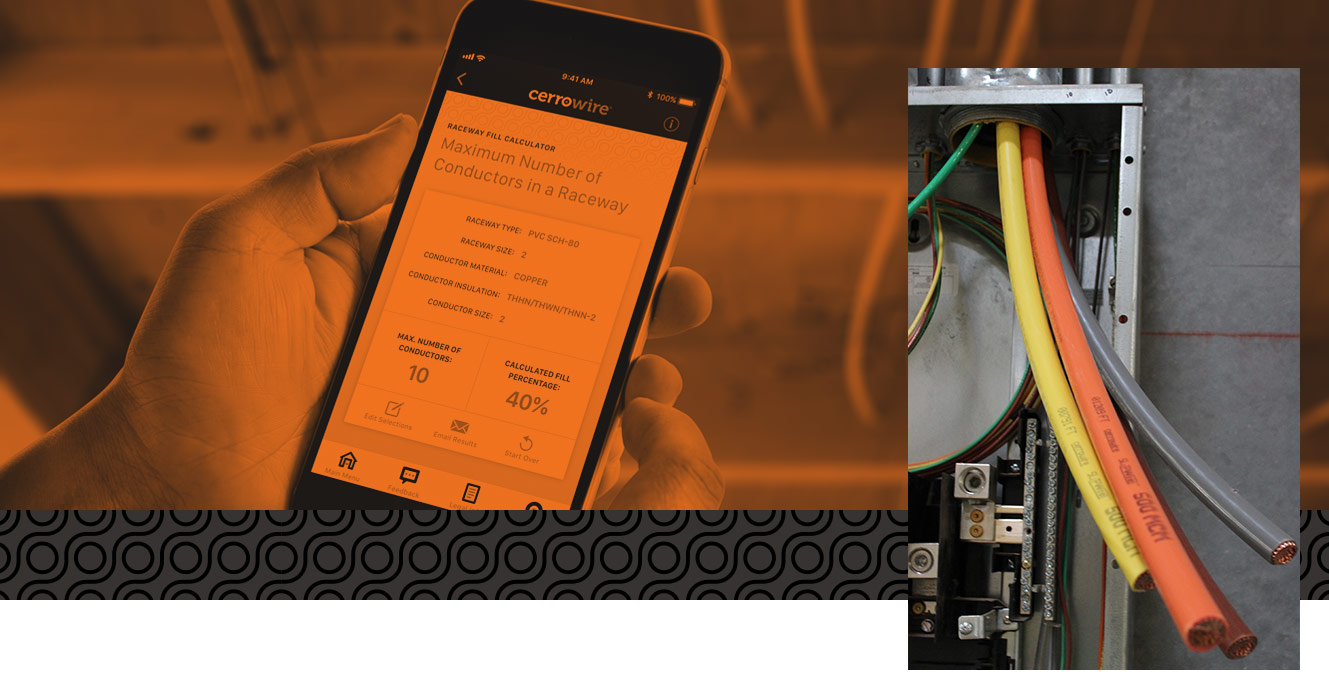When I built my home I had the builder install a 50A GFCI Breaker and wiring to the outside for a Gen 3 Tesla Charger.
Here’s a picture of the box and where I want the Tesla charger mounted.

I opened the box and noticed it was a bit wet inside (sprinkler was hitting it, I fixed that) and there was some rust inside.

I believe the electrician is going to use that as a “junction box” or sorts and run some new wire (with conduit) so I can mount it exactly where I want to. He will probably enter the Tesla Charger like the second picture shows for “Bottom Entry” from the junction box.

1. Is it still considered a hard wire connection if the wires are connected/extended from the junction box?
2. Is there a way to limit the charger to 40A since I’m only on a 50A breaker/wiring?
3. Is it a good idea to remove the 50A GFCI Breaker and install a 50A Breaker?
I’m mounting this outside…has anyone had issues with the charger/junction box (for those that have one) getting wet and causing issues?
Any other advice / ideas are recommended!
Here’s a picture of the box and where I want the Tesla charger mounted.
I opened the box and noticed it was a bit wet inside (sprinkler was hitting it, I fixed that) and there was some rust inside.
I believe the electrician is going to use that as a “junction box” or sorts and run some new wire (with conduit) so I can mount it exactly where I want to. He will probably enter the Tesla Charger like the second picture shows for “Bottom Entry” from the junction box.
1. Is it still considered a hard wire connection if the wires are connected/extended from the junction box?
2. Is there a way to limit the charger to 40A since I’m only on a 50A breaker/wiring?
3. Is it a good idea to remove the 50A GFCI Breaker and install a 50A Breaker?
I’m mounting this outside…has anyone had issues with the charger/junction box (for those that have one) getting wet and causing issues?
Any other advice / ideas are recommended!



